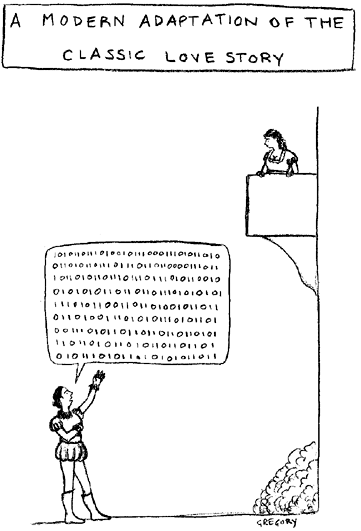Chapter 5. designing for the web
| don't miss ...
Everyone loves design. Perhaps because we're visual creatures, perhaps because design is seen as "fun," or perhaps because design is easier to understand, than, say, engineering everyone has opinions on how a site should look and feel. But people often underestimate what goes into site design. Like beauty, design is more than skin deep. A site's design begins with its structure and functionality and only ends with the choice of colors and fonts.
Focus first on how well the site works, and only then on how good the site looks. Web sites, you see, must be used not just viewed so they don't have the luxury of simply looking good. You have to focus first on how well the site works, and only then on how good it looks. "Design is never just about visual aesthetics anymore," said Doug Bowman, principal of Stopdesign. "You have to consider usability. You have to consider the technology. You have to consider how things render on the page, and the flow from one page to another." In many ways, web design is a study in constraints: Technological, conceptual, and aesthetic. On the technology front, pages must be built in HTML, delivered over often-slow network connections, and displayed on different kinds of systems. But the conceptual challenge is even greater: People have to understand almost immediately what your site is, what they can do there, and how they can find what they're looking for. Finally, there's the aesthetic challenge. Despite all the other constraints, your site should still, if at all possible, have some style. These are indeed great challenges. But they aren't unsurmountable. "The web is inherently constraining," said Jeffrey Veen, author of The Art & Science of Web Design. "But constraint breeds creativity."
|
EAN: 2147483647
Pages: 195
- Success Story #1 Lockheed Martin Creating a New Legacy
- Seeing Services Through Your Customers Eyes-Becoming a customer-centered organization
- Executing Corporate Strategy with Lean Six Sigma
- Success Story #4 Stanford Hospital and Clinics At the forefront of the quality revolution
- Phase 1 Readiness Assessment
